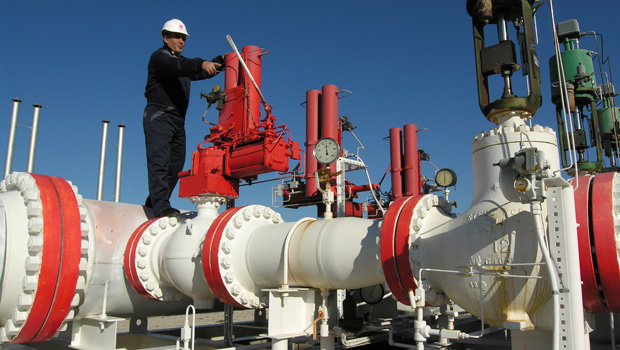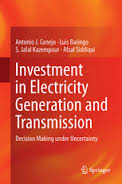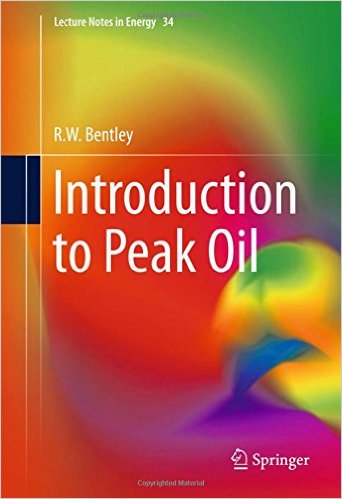
SOCAR names Azerbaijan’s investments volume in TANAP construction
 Expenditures of the Southern Gas Corridor CJSC within the framework of the Trans Anatolian Natural Gas Pipeline (TANAP) construction project will exceed $6 billion, a senior official of the Azerbaijan’s state oil company SOCAR told Trend.
Expenditures of the Southern Gas Corridor CJSC within the framework of the Trans Anatolian Natural Gas Pipeline (TANAP) construction project will exceed $6 billion, a senior official of the Azerbaijan’s state oil company SOCAR told Trend.
“Expenditures of the Southern Gas Corridor CJSC, the main share in which belongs to the government of Azerbaijan will amount to $6.2 billion by 2020,” said the representative of SOCAR, which owns the remaining 49 percent in this company.
The Southern Gas Corridor CJSC acts as an operator of the project, which includes, in particular, the TANAP project worth $9.2 billion.
“Nearly a quarter of the planned investments – more than $2 billion – has been already spent during the TANAP construction,” SOCAR representative said. “The project is running according to schedule.”
TANAP project envisages transporting gas from Azerbaijani Shah Deniz field from the Georgian-Turkish border to the western border of Turkey. The gas will reach Turkey in 2018, and after the completion of the TAP construction, the gas will reach Europe around early 2020. Currently, the shareholders of TANAP are: SOCAR (State Oil Company of Azerbaijan) – 58 percent, Botas – 30 percent and BP – 12 percent.





